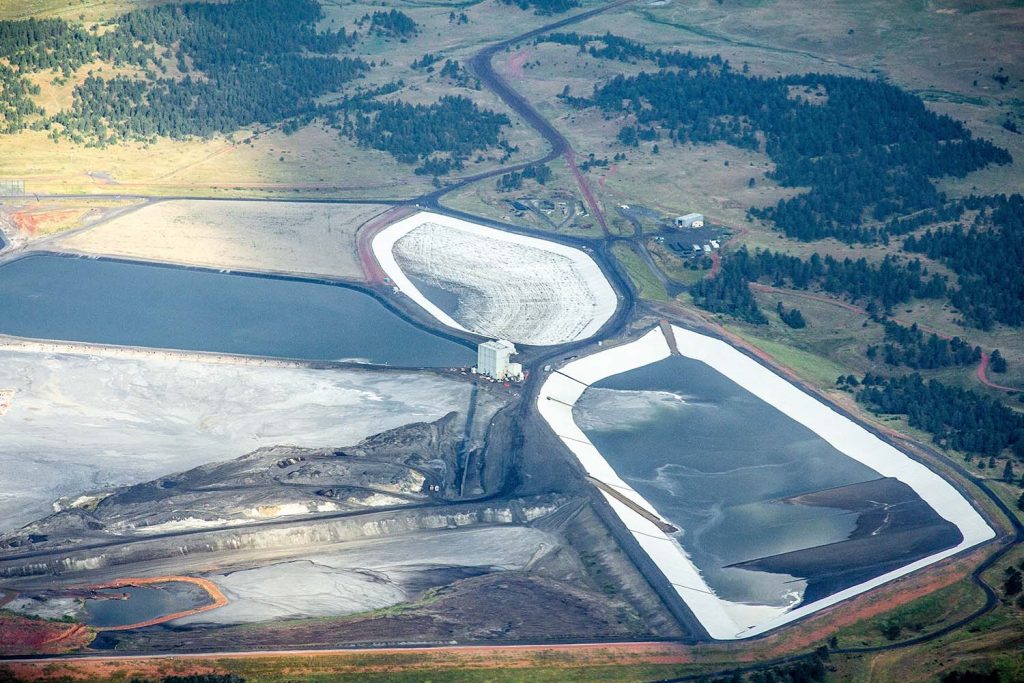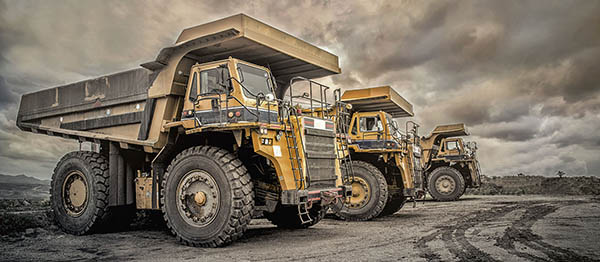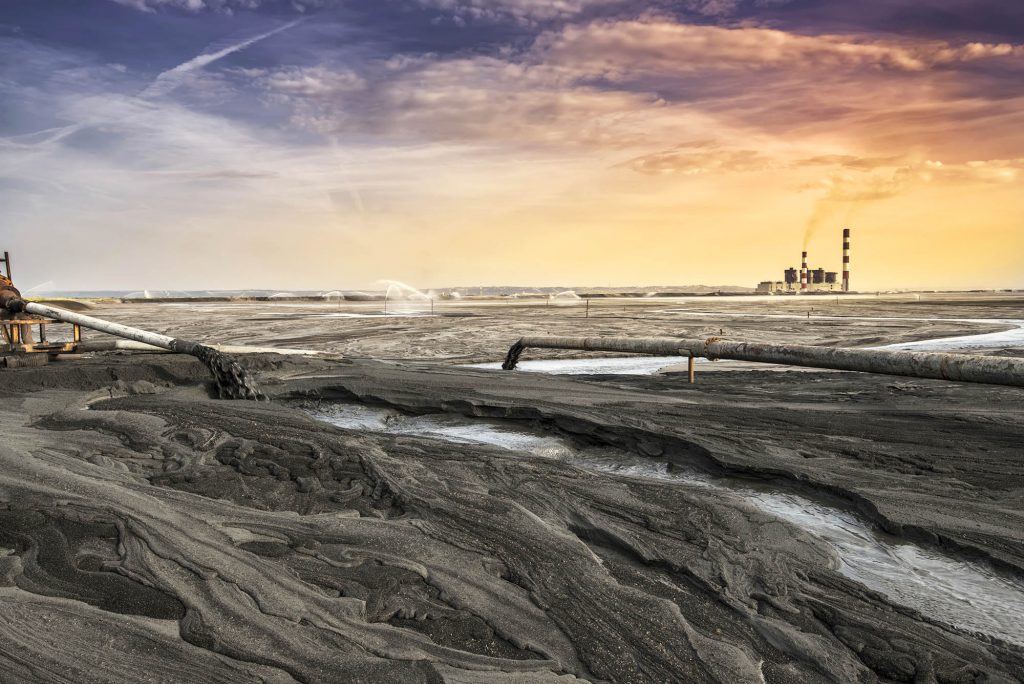Above: Coal plants like the one above dispose of thousands of tons of toxic coal ash in unlined pits that leak contaminants, polluting vital groundwater.
WORC network fighting to stop utilities from abandoning their cleanup obligations.
Coal ash, the waste byproduct of burning coal for power generation, is one of the nation’s top threats to groundwater – and yet the regulatory requirements to stop or address this contamination are falling woefully short of what is needed. The inadequacies of coal ash policy are starting to come to light as utilities are now submitting proposals to address contaminating ponds. Our region is now at the forefront of this fight and the WORC network is working hard to stop utilities from abandoning their cleanup obligations.
Never miss an opportunity to make the West even better: receive our action alerts.
Coal ash is one of the largest industrial waste streams in the US and one of the most toxic. There are approximately 1,400 coal ash impoundments and landfills across the country, many of which are unlined pits in the ground. It was only recently discovered by scientists that coal ash leaches dangerous heavy metals and other pollutants into water, including arsenic, hexavalent chromium, lead, mercury, selenium, and radium. This lack of scientific data on coal ash is a direct result of a lack of regulatory oversight. Utilities weren’t required to monitor or report groundwater quality data until 2015. Reports to the EPA in 2018 revealed that over 90% of coal ash impoundments are polluting nearby surface and groundwater sources. And yet, regulations do not actually require companies to move the coal ash out of the unlined pits, soaking in groundwater.

At the federal level, the Coal Combustion Residuals (CCR) rule went into effect in 2015 and established technical requirements for landfills and surface ponds under Subtitle D of the Resource Conservation and Recovery Act (RCRA), the nation’s primary law for regulating solid waste. While this rule dictates the management of many coal ash disposal sites around the country, it falls far short of what is needed to address coal ash pollution. For instance, it does not apply to ponds that stopped receiving coal ash before 2015 and it allows companies to cap ponds in place, even if they are sitting in the groundwater. Worst of all, the rule is self-enforced, meaning that cleanup plans do not have to be approved by the EPA or a state agency (unless that state happens to have more stringent rules in place, which very few do). Utilities just draft up a proposal, solicit public comment, and then proceed as they wish.
Reports to the EPA in 2018 revealed that over 90% of coal ash impoundments are polluting nearby surface and groundwater sources. And yet, regulations do not actually require companies to move the coal ash out of the unlined pits, soaking in groundwater.
In July, PacifiCorp quietly released a cleanup plan proposal to essentially abandon their leaking ash ponds at the Jim Bridger, Naughton, and Dave Johnson plants in Wyoming. The CCR rule requires that utilities develop cleanup plans (or Corrective Management Assessments) for the most polluting ash ponds in the country – and the Jim Bridger and Naughton impoundments are in the top ten of that list.
Powder River Basin Resource Council submitted comments to PacifiCorp on the cleanup plans for three polluting plants, arguing that contaminating ponds should be excavated and securely stored in high, dry landfills so the coal ash is no longer sitting in groundwater. As described above, PacifiCorps is required to seek public input on their proposals, but they held just one meeting with no public announcement (unsurprisingly, only industry members were in attendance). WORC and PRB are also working to bring the inadequacies of this regulation to light to the Wyoming Department of Environmental Quality. The organizations will be advocating that the state take a stronger stance on regulating coal ash and protect the area’s precious groundwater resources.
In July, PacifiCorp quietly released a cleanup plan proposal to essentially abandon their leaking ash ponds at the Jim Bridger, Naughton, and Dave Johnson plants in Wyoming. PacifiCorps is required to seek public input on their proposals, but they held just one meeting with no public announcement (unsurprisingly, only industry members were in attendance).
This is one of the very first CMAs to be submitted by a utility pursuant to the CCR rule and many more are scheduled across the country over the next year. WORC is working with regional and national allies to sound the alarm on the failures of the CCR rule and the toxic groundwater contamination that will result from inadequate cleanup plans.
Read more stories on coal and coal ash here.
Learn more:
Coal Ash Rule Rollbacks Keep Rolling In
Dakota Resource Council Brings Coal Community Together To Talk About Economic Transition
Fixing Abandoned Mine Sites Is Essential For A Transition Economy

Help create a healthy and sustainable West. Support WORC today.

